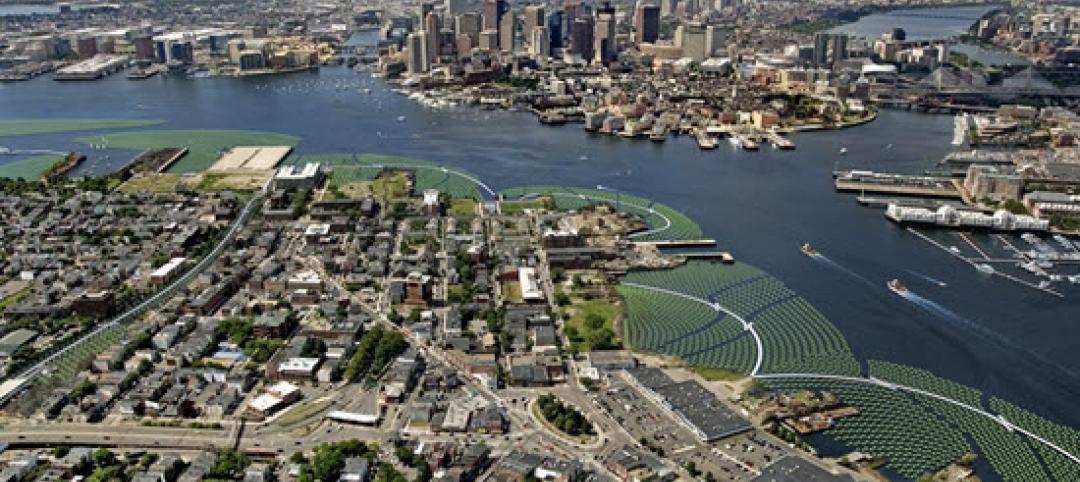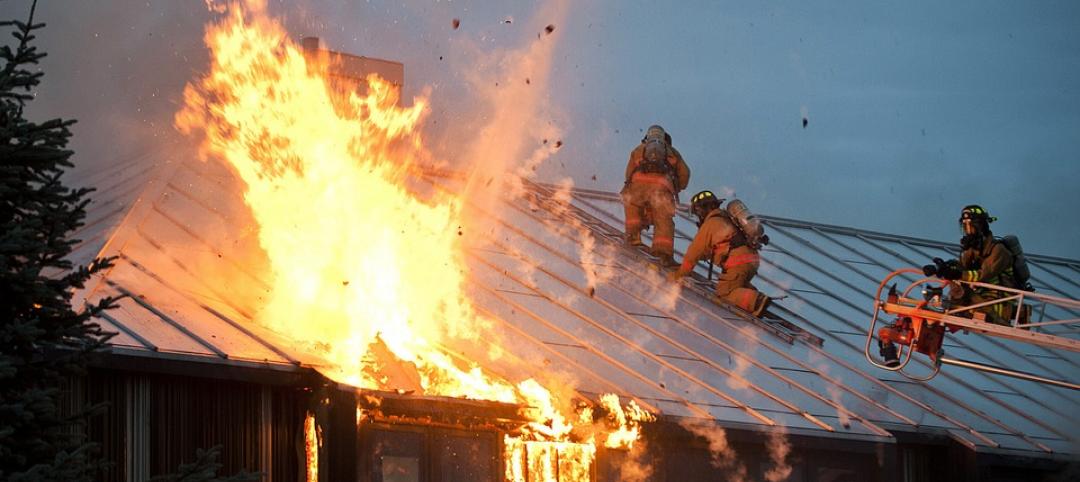Zero energy buildings are on the rise in some areas, but barriers that are retarding their spread nationwide remain.
That’s the conclusion of a new report, “Pathways to Zero Energy Buildings through Building Codes,” by the American Council for an Energy Efficient Economy. One barrier is a “solar-only” mindset where an owner adds solar to a building but gives short shrift to energy efficiency.
Debate over whether community renewable energy options should be favored over on-site renewable generation in net zero buildings is another barrier. The report says that zero energy can be accomplished with both power-generation strategies. Buildings can be made zero-energy ready, with generation added later.
Disinterest in energy-efficient or zero energy buildings still exists in many regions. Code improvements and voluntary programs could help overcome that barrier. Code updates could focus on specific building equipment, such as improving management of plug-load energy use, increasing HVAC efficiency, or including solar-ready roofing and connections. They could also be used to improve performance path scores or create an outcome-based performance path.
Related Stories
Codes and Standards | Jul 29, 2019
ASCE group unveils structural safety database
Confidential reporting on structural failures, near misses, and other incidents.
Codes and Standards | Jul 26, 2019
Floating landscape infrastructure wins top ASCE innovation prize
Climate resiliency a key theme of entrants.
Codes and Standards | Jul 24, 2019
New York making slow progress on resiliency seven years after Hurricane Sandy
Property owners face many challenges; coastal defense project plans are complex and need more time to plan.
Codes and Standards | Jul 23, 2019
Berkeley, Calif. passes nation’s first ordinance to make new buildings all-electric
No gas hook-ups will be allowed in new houses, apartments, and commercial buildings.
Codes and Standards | Jul 22, 2019
San Francisco office building is city’s first structure certified by BREEAM USA for existing buildings
The Landmark @ One Market is one of San Francisco’s most architecturally distinctive buildings.
Codes and Standards | Jul 16, 2019
ASCE seeks comments on update to Calculation Methods for Structural Fire Protection standard
Pertains to fire resistance rating times.
Codes and Standards | Jul 15, 2019
USGBC calls for proposals for feedback, concepts for next LEED version
The move follows successful public input on LEED 4.1.
AEC Tech | Jul 15, 2019
Lack of standards hampers development of exoskeleton industry
Guidelines, common terminology, and testing methodology are needed, says expert.
Concrete | Jul 8, 2019
Concrete repair code requirements released
American Concrete Institute offers guidance on assessment, repair, rehab of existing concrete structures.
K-12 Schools | Jul 8, 2019
Collaborative for High Performance Schools releases 2019 Core Criteria Version 3.0 Update
The update adds credits to lower carbon footprints and to promote climate change resiliency.

















